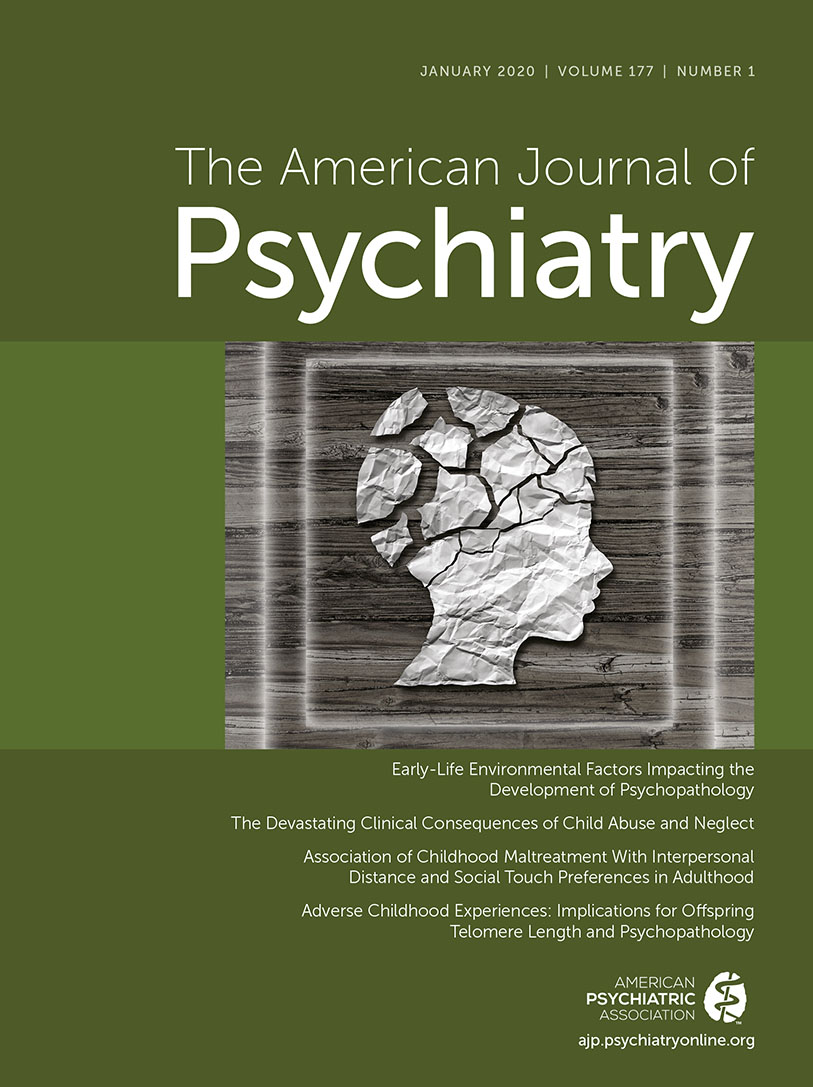Highlights From the Residents’ Journal: December 2019
The Residents’ Journal is a quarterly e-publication that serves as a forum for resident physicians and fellows to share ideas and experiences in training, clinical practice, research, and careers.
Psychiatry and the Visual Arts
Badr Ratnakaran, M.B.B.S.
Mental illness and distress have traditionally occupied a prominent place in the arts. Narratives of mental disorders, healers, and therapies have all been depicted in art. Art has been used in research on and treatment of individuals with mental illness in asylums and other settings. The power of art has also been harnessed for purposes of psychiatric education. The authors for this issue’s special section theme have contributed articles ranging from film reviews to commentaries on paintings related to mental illness. I commend their efforts and thank them for contributing to an enriching and engaging section for our readers.
New-Onset Psychosis: Differentiating Encephalopathy From Psychopathology
Tomi Rumano, D.O., and Virmarie Diaz-Fernandez, M.D.
Hashimoto’s encephalopathy was first described in 1966 as an autoimmune disease without definite diagnostic criteria. Because most patients with Hashimoto’s encephalopathy present euthyroid at the time of diagnosis, Hashimoto’s encephalopathy is often unrecognized or misdiagnosed. Clinical presentation can vary from psychiatric symptoms of acute psychosis, depression, and neurocognitive decline to episodes of cerebral ischemia, myoclonus, tremors, or seizures. This case study presents a patient with symptoms of acute psychosis and cognitive decline, who was ultimately diagnosed with Hashimoto’s encephalopathy.
Brexanolone: A Novel Therapeutic in the Treatment of Postpartum Depression
Dennis J. Dacarett-Galeano, M.P.H., and Xavier Y. Diao, M.D.
Postpartum depression (PPD) is an affective illness characterized by emotional, cognitive, and behavioral disturbances in the postpartum period. Prior to the approval of brexanolone, the standard of care for PPD was psychotherapy or antidepressants, often taking 6–8 weeks for efficacy.
Also in This Issue
Sixteen, Borderline, and Pregnant: A Case of Poetry-Informed Care
Laurel Payne, D.O.
Collateral Damage in Countertransference
Manal Khan, M.D.
Electroconvulsive Therapy Intolerance
Caleb Heiberger, B.S.
Bonnard in the ECT Suite
Sharon B. Madanes, M.D., M.F.A.



